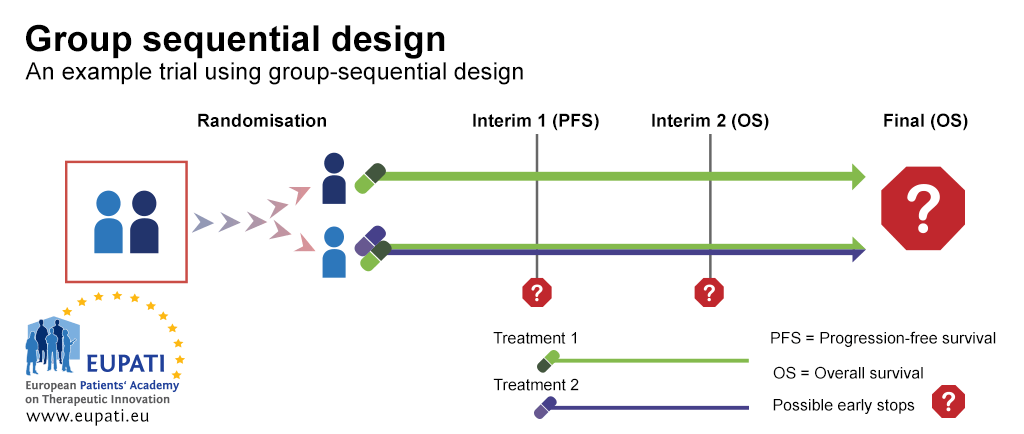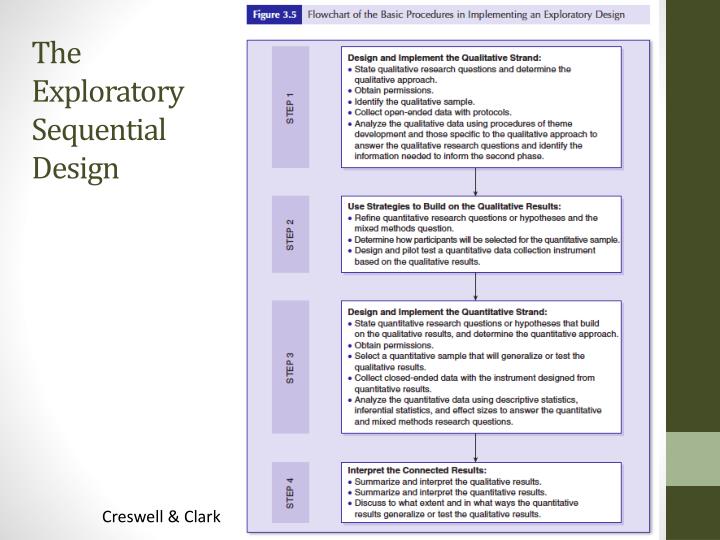
Sequential research designs include elements of both longitudinal and cross-sectional research designs. In a time-sequential design, a second age group is added to a time-lag design, and two or more cross-sectional comparisons are made at different times of testing. You might be interested: FAQ: How to cook white rice in a pressure cooker?Īn experimental design to separate age effects from time-of-measurement and cohort effects (i.e., to determine if the results obtained are age-related only). Also called accelerated longitudinal design. Such studies essentially are a combination of a longitudinal design and a cross-sectional design. What is a cohort sequential study in psychology?Īn experimental design in which multiple measures are taken over a period of time from two or more groups of different ages (birth cohorts). With sequential, we look at a whole bunch of groups over time. With cross-sectional, we look at a whole bunch of groups right now. What is the difference between cross-sectional and sequential? What is an example of a sequential study?įor example, an investigator using a cross-sequential design to evaluate children’s mathematical skills might measure a group of 5-year-olds and a group of 10-year-olds at the beginning of the research and then subsequently reassess the same children every 6 months for the next 5 years. 15 What is a longitudinal study example?.14 What are the 3 basic designs for conducting developmental research?.12 How does cross sequential research control for cohort effects?.11 What is a cohort effect in psychology?.10 What is cohort sequential research design?.9 What is the cross sequential developmental research design?.8 What is a cross-sectional research design?.7 What are the 4 types of research design?.3 What is a cohort sequential study in psychology?.2 What is the difference between cross-sectional and sequential?.1 What is an example of a sequential study?.The results may, however, point to slightly reduced sequential-learning capabilities in the language domain in adults with dyslexia. The question of the domain generality of sequential learning could not be decisively answered, and no support was obtained for a general deficit in sequential learning in dyslexia. No clear differences between adults with and without dyslexia were found in the visual and visuospatial experiments. In adults with dyslexia, poorer performance of language sequential learning was found. More research is needed to interpret this outcome. The at-risk infants showed an indication of visuospatial sequential learning that was not observed in the typically developing infants. Results related to this question were mixed. Both 8-month-old infants at familial risk of dyslexia and adults with dyslexia were tested in the same sequential-learning experiments as their peers without (a risk of) dyslexia. The second research question is whether sequential learning is affected in developmental dyslexia.

Neither the infant nor the adult experiments provided a conclusive answer, because performance on sequential learning did not correlate significantly or strongly across domains in either age group. The infants were tested in the (auditory) language and in the visuospatial domains, the adults also in the visual domain. Both 8-month-old infants and adults were tested on their sequential-learning capabilities in more than one domain.

The first is whether sequential learning is a domain-general learning mechanism. Two research questions were investigated. This thesis explores sequential learning, the implicit learning of item sequences with a specific statistical structure. Sequential learning, domain generality, and developmental dyslexia


 0 kommentar(er)
0 kommentar(er)
